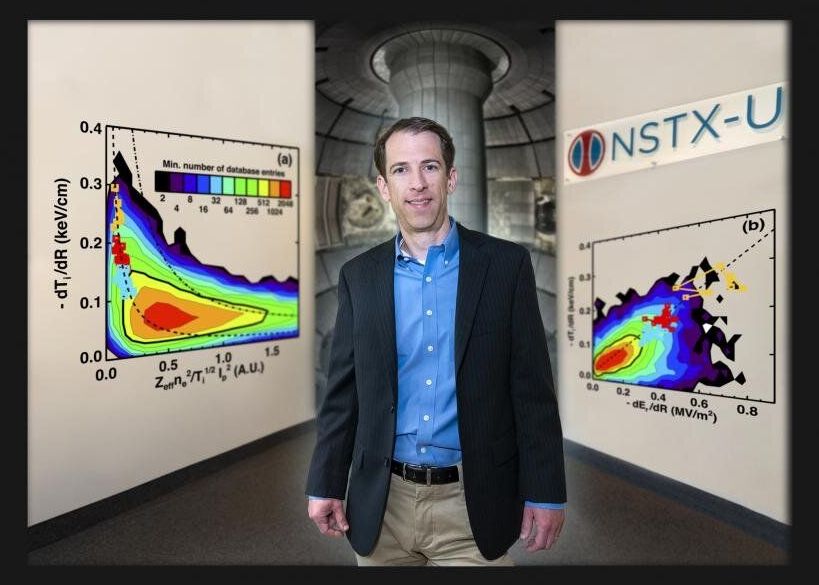Researchers at the U.S. Department of Energy’s (DOE) Princeton Plasma Physics Laboratory (PPPL) have gained a better understanding of a promising method for improving the confinement of superhot fusion plasma using magnetic fields. Improved plasma confinement could enable a fusion reactor called a spherical tokamak to be built smaller and less expensively, moving the world closer to reproducing on Earth the fusion energy that powers the sun and stars.
The improved confinement is made possible by the so-called enhanced pedestal (EP) H-mode, a variety of the high performance, or H-mode, plasma state that has been observed for decades in tokamaks around the world. When a fusion plasma enters H-mode, it requires less heating to get to the superhot temperatures necessary for fusion reactions.
The new understanding reveals some of the underlying mechanics of EP H-mode, a condition that researchers discovered more than a decade ago. Scientists led by physicists at PPPL have now found that the EP H-mode improves upon H-mode in spherical tokamaks by lowering the density of the plasma edge.
